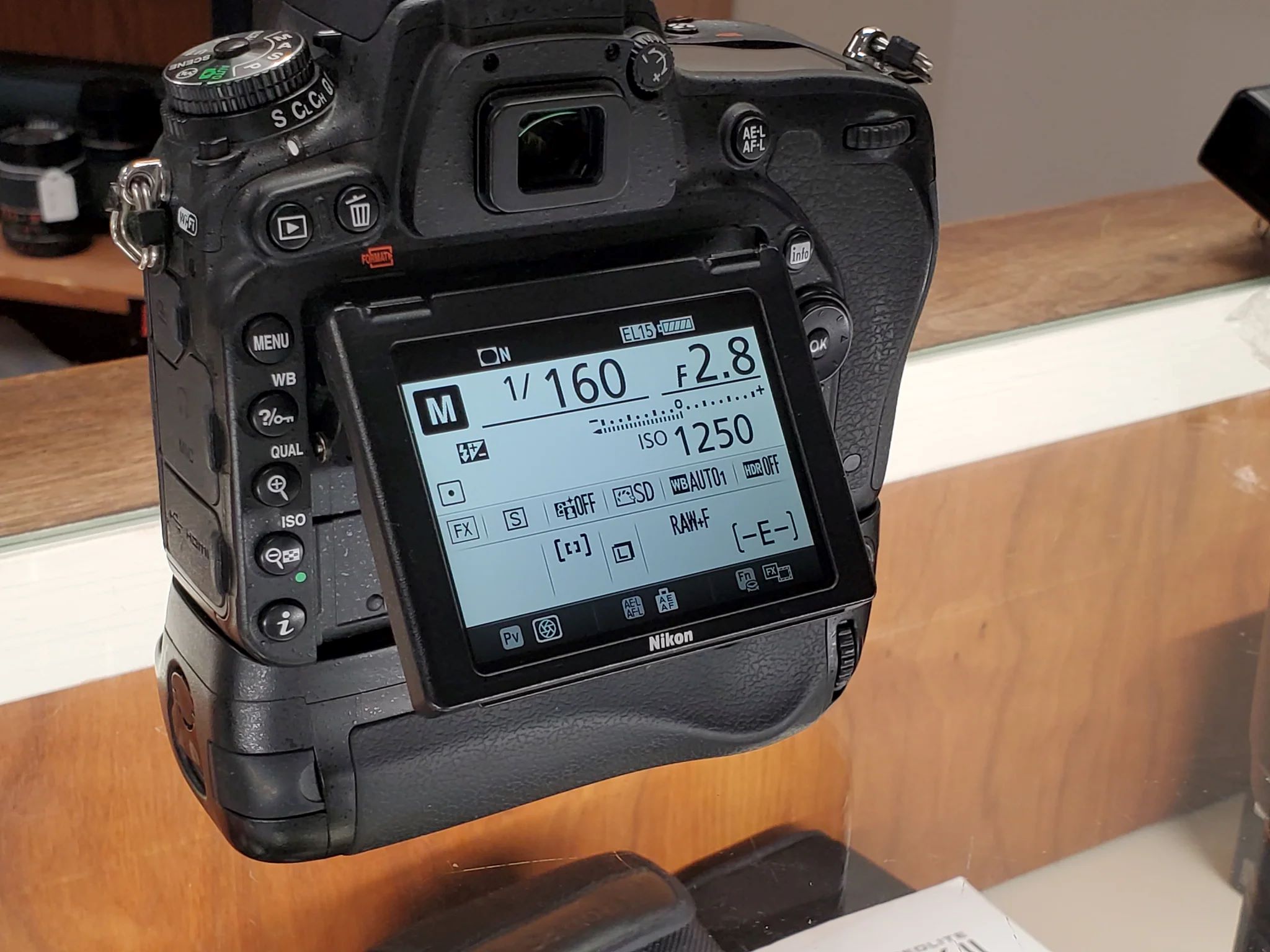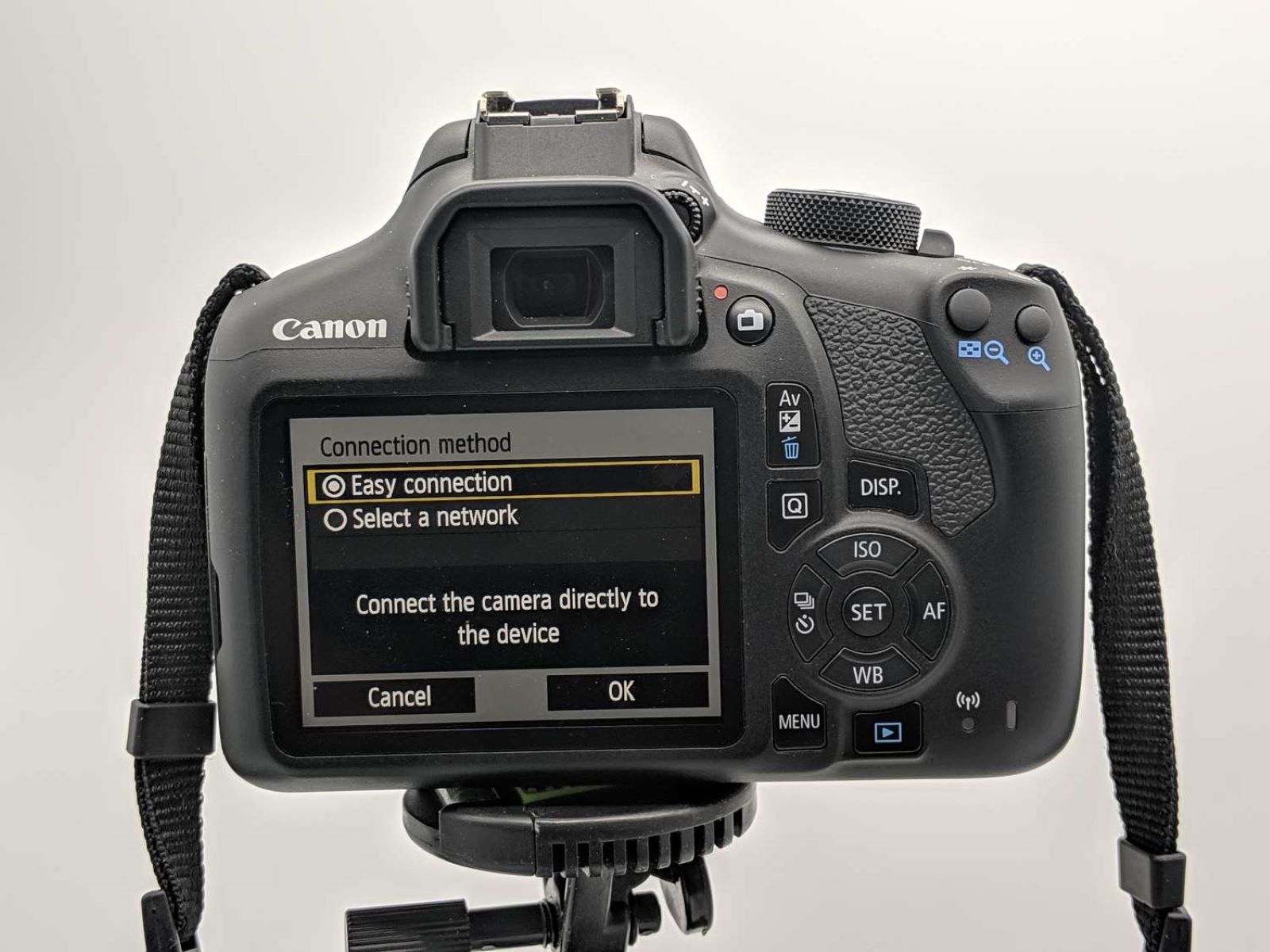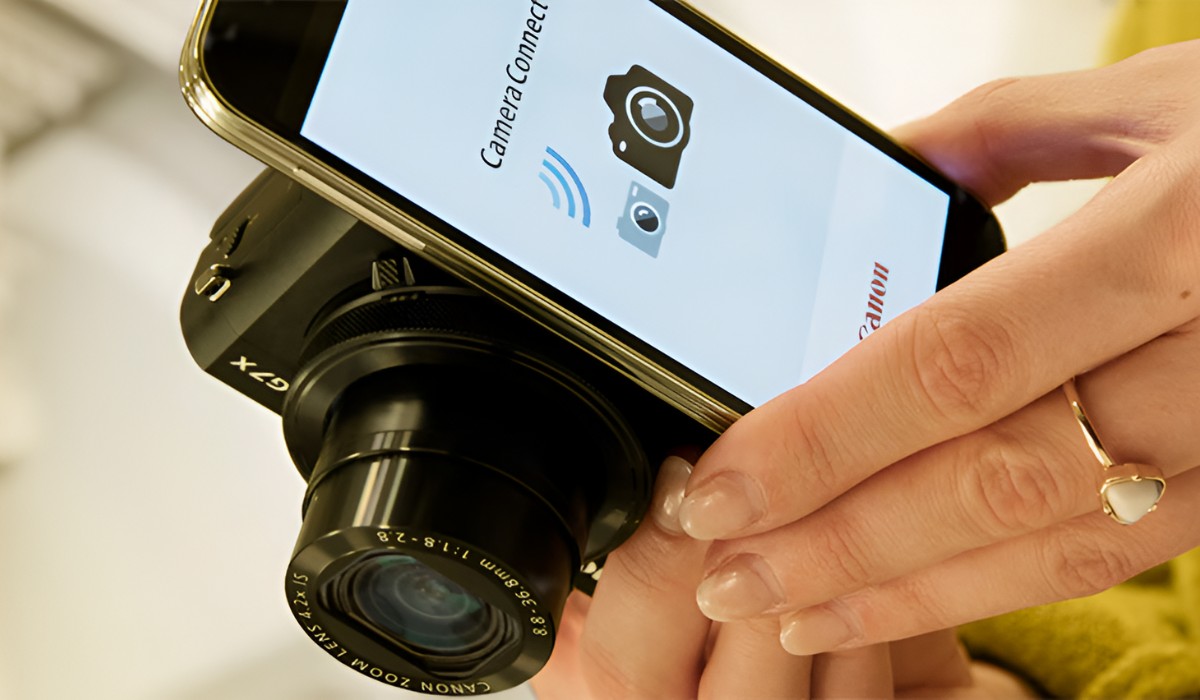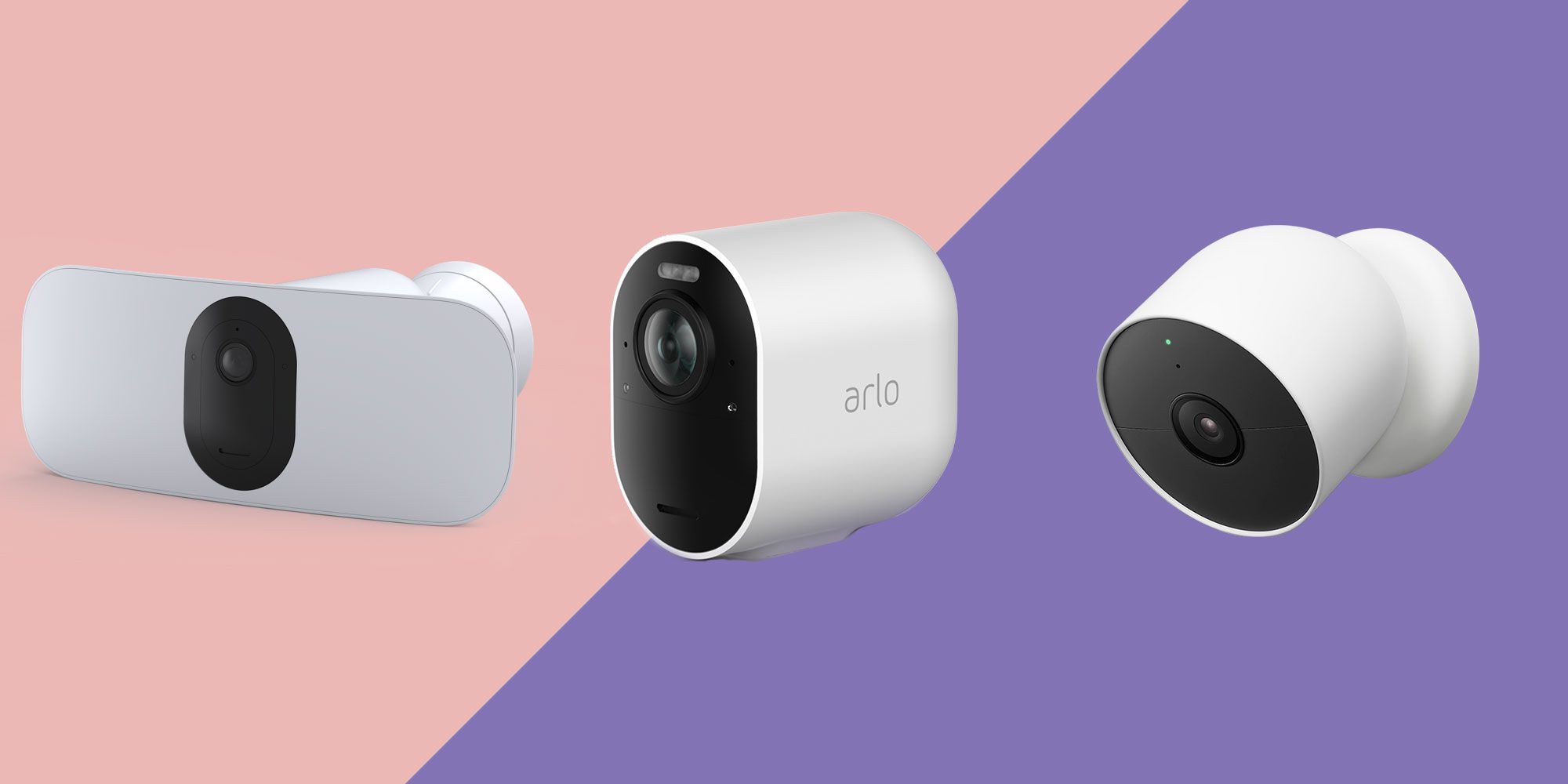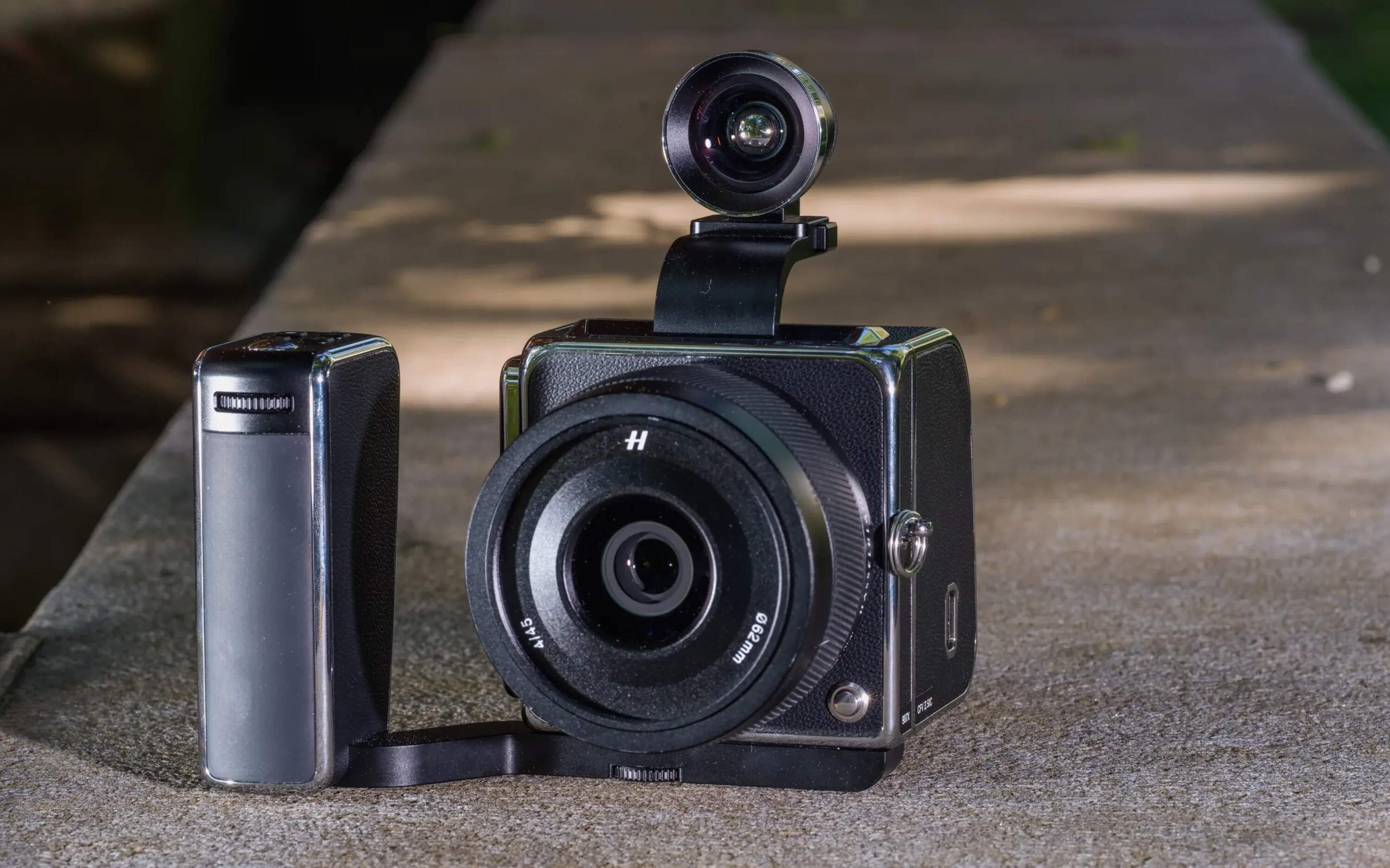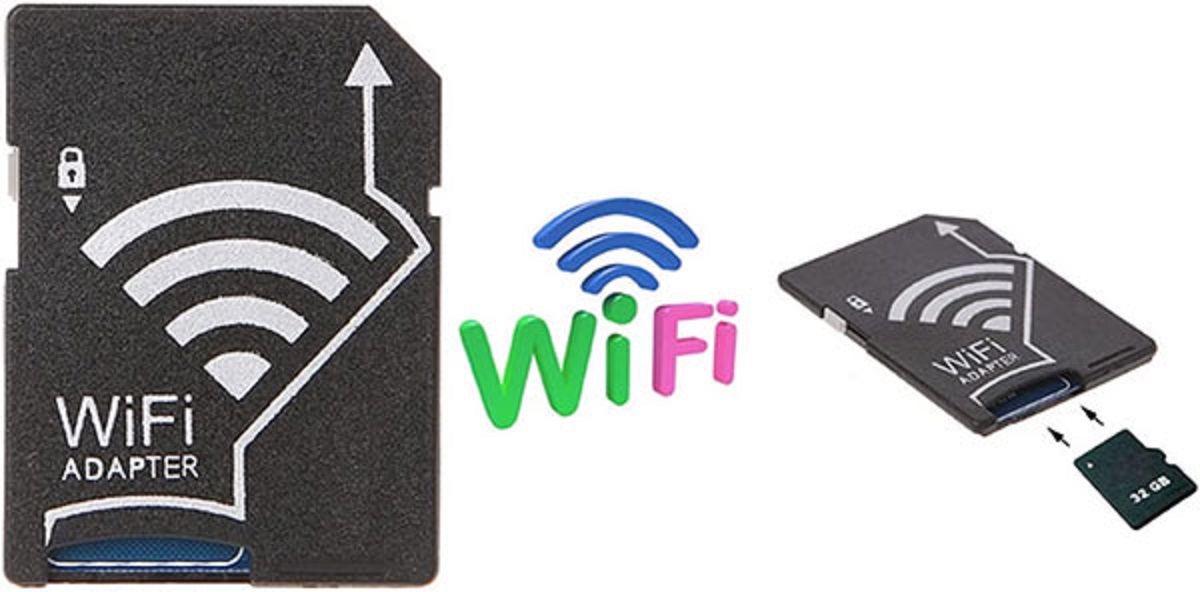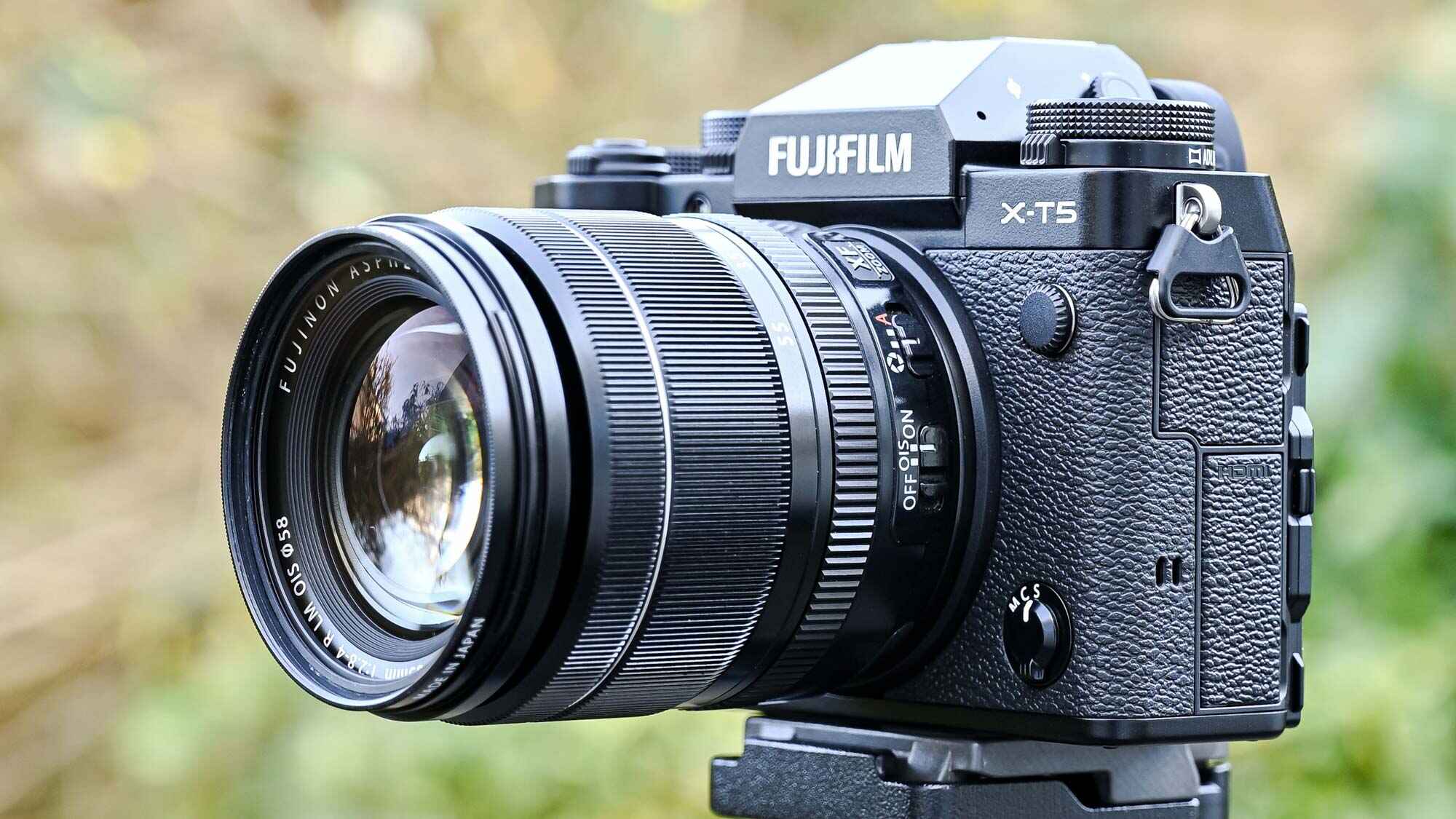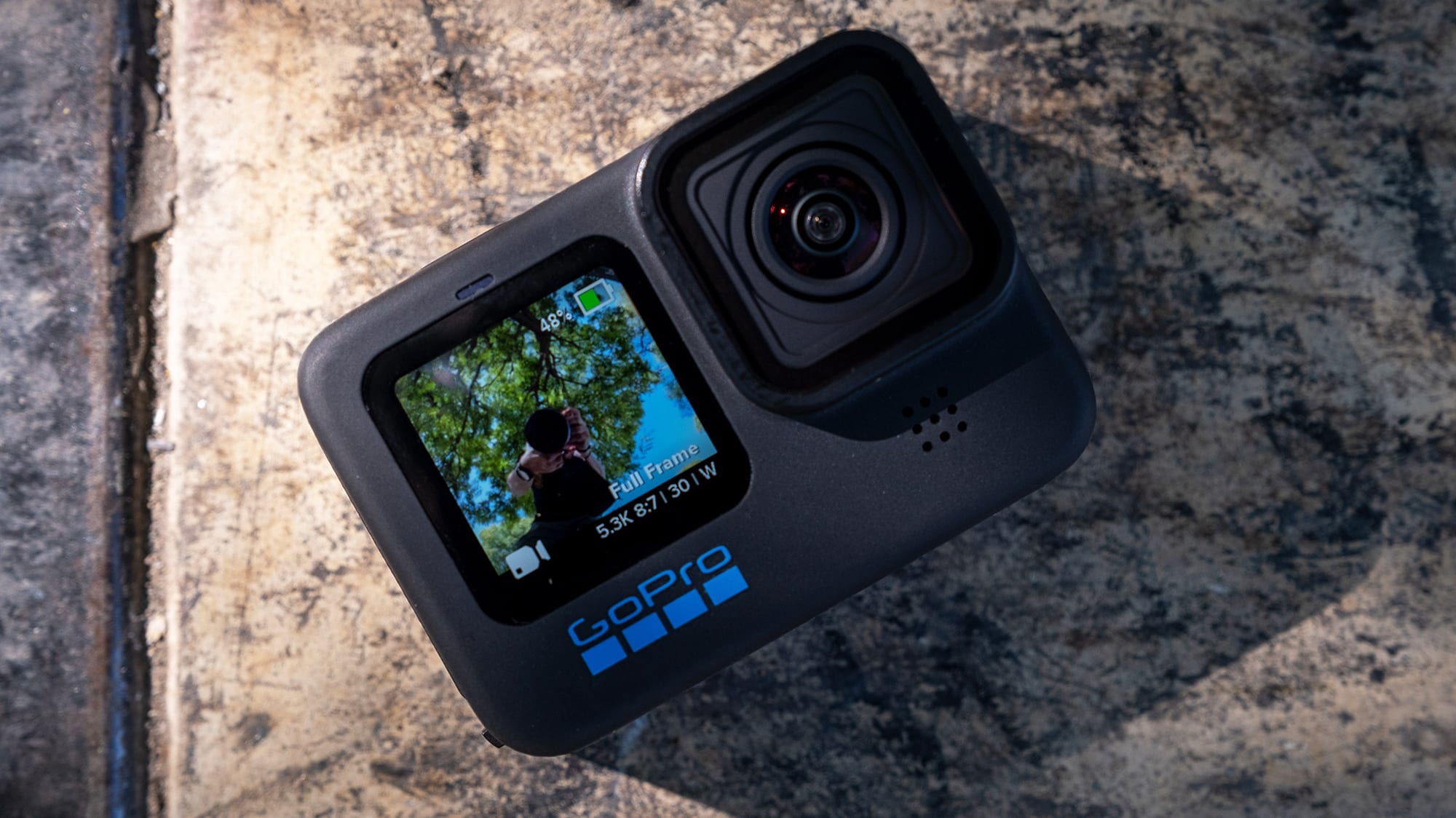Introduction
When it comes to capturing breathtaking moments, photographers are constantly seeking innovative tools to elevate their craft. In this digital age, the integration of Wi-Fi technology into DSLR cameras has revolutionized the way photographers work, offering a myriad of advantages that were previously unattainable. This article delves into the benefits of using Wi-Fi on a DSLR camera, shedding light on the conveniences and functionalities that have transformed the photography landscape.
The advent of Wi-Fi connectivity has ushered in a new era of convenience for photographers. By enabling wireless transfer of photos and videos from the camera to other devices, such as smartphones, tablets, or computers, photographers can streamline their workflow and expedite the process of sharing and editing their content. This seamless transfer eliminates the need for cumbersome cables or memory card readers, allowing photographers to effortlessly access their media files on various platforms.
Furthermore, Wi-Fi connectivity empowers photographers with the ability to remotely control their DSLR cameras and access live view functionality through compatible apps on their smart devices. This game-changing feature provides unparalleled flexibility, enabling photographers to capture unique angles and perspectives without being physically tethered to their cameras. Whether shooting in challenging environments or capturing candid moments, the freedom afforded by remote control and live view enhances the creative possibilities for photographers.
Moreover, the instantaneous sharing capabilities facilitated by Wi-Fi connectivity have redefined the way photographers engage with their audience. With the ability to swiftly upload high-quality images to social media platforms or cloud storage services directly from the camera, photographers can effortlessly showcase their work in real time, fostering greater engagement and visibility within their online communities. This direct line of communication empowers photographers to curate their online presence with immediacy and authenticity, strengthening their connection with their audience.
Beyond the realm of sharing, Wi-Fi connectivity also serves as a valuable tool for backing up and storing media files. By wirelessly transferring images to designated storage locations, photographers can mitigate the risk of data loss and ensure the preservation of their valuable work. This added layer of security provides peace of mind, especially when working in dynamic or unpredictable shooting environments.
In essence, the integration of Wi-Fi technology into DSLR cameras has ushered in a new era of efficiency, creativity, and connectivity for photographers. By harnessing the power of wireless transfer, remote control, instant sharing, and secure backup, photographers can elevate their craft and engage with their audience in unprecedented ways. The subsequent sections of this article will delve deeper into each of these advantages, shedding light on the transformative impact of Wi-Fi connectivity on the photography landscape.
Convenience of Wireless Transfer
One of the most significant advantages of utilizing Wi-Fi on a DSLR camera is the unparalleled convenience of wireless transfer. This feature liberates photographers from the constraints of physical connections, enabling seamless and efficient transfer of media files to a diverse array of devices.
Traditionally, photographers relied on cumbersome cables or memory card readers to transfer their images and videos from the camera to a computer or other storage devices. However, with Wi-Fi connectivity, this process has been streamlined to a remarkable degree. By leveraging the wireless transfer capabilities, photographers can effortlessly transmit their media files to smartphones, tablets, or computers with a few simple taps or clicks.
This convenience is particularly advantageous in fast-paced or on-the-go scenarios, where the ability to swiftly access and transfer images can make a substantial difference in workflow efficiency. Whether on a bustling photo shoot or traveling to different locations, the freedom from physical tethers empowers photographers to manage their media files with unprecedented ease and agility.
Moreover, the wireless transfer feature extends beyond the realm of convenience, offering practical benefits for collaboration and real-time editing. By wirelessly transferring images to a tablet or smartphone, photographers can promptly review and edit their work using specialized apps, without the need for intermediary devices or complex setups. This real-time accessibility to high-quality images facilitates seamless collaboration and expedites the creative process, ultimately enhancing the overall efficiency and quality of the final output.
Furthermore, the wireless transfer feature facilitates the immediate sharing of images with clients or collaborators, fostering a more dynamic and interactive workflow. Whether on a commercial shoot or a client presentation, the ability to swiftly transmit images wirelessly enhances the professional image of the photographer while streamlining the communication and decision-making processes.
In essence, the convenience of wireless transfer afforded by Wi-Fi connectivity on DSLR cameras transcends mere practicality, fundamentally reshaping the way photographers manage, share, and collaborate on their media files. This transformative feature not only enhances workflow efficiency but also imbues photographers with newfound flexibility and agility in their creative endeavors.
Remote Control and Live View
Wi-Fi integration in DSLR cameras brings forth the remarkable capability of remote control and live view, revolutionizing the way photographers interact with their cameras and capture compelling imagery. Through the seamless connectivity enabled by Wi-Fi, photographers can harness the power of remote control and live view functionalities, expanding the horizons of their creative vision.
Remote control functionality allows photographers to manipulate their camera settings, adjust focus, and trigger the shutter remotely using a smartphone or tablet. This feature proves invaluable in scenarios where physical access to the camera is limited or impractical, such as capturing wildlife, astrophotography, or self-portraiture. The ability to control the camera wirelessly opens up a world of possibilities, empowering photographers to experiment with unconventional shooting angles and perspectives while maintaining precise control over the image-capturing process.
Furthermore, the live view feature facilitated by Wi-Fi connectivity enables photographers to remotely preview the scene through the camera’s lens on a smartphone or tablet screen. This real-time visual feedback empowers photographers to fine-tune composition, exposure, and focus with unprecedented accuracy, ensuring that each shot meets their artistic vision. Whether shooting in challenging environments or capturing dynamic subjects, the live view functionality enhances the precision and quality of the final imagery.
Moreover, the combination of remote control and live view capabilities imbues photographers with unparalleled flexibility and creative freedom. By liberating photographers from the constraints of physically tethering to the camera, Wi-Fi connectivity enables them to explore new perspectives, experiment with unconventional compositions, and capture candid moments with ease. This newfound agility in image capture fosters a more dynamic and immersive approach to photography, enriching the creative process and expanding the possibilities for visual storytelling.
In essence, the integration of remote control and live view functionalities through Wi-Fi connectivity on DSLR cameras transcends the traditional boundaries of image capture, empowering photographers to push the boundaries of their creativity and technical precision. This transformative feature not only enhances the practicality of shooting in diverse scenarios but also enriches the artistic potential of photography, enabling photographers to realize their creative vision with unprecedented freedom and control.
Instant Sharing and Social Media
The integration of Wi-Fi technology in DSLR cameras has revolutionized the process of sharing images, enabling photographers to instantly showcase their work on social media platforms and engage with their audience in real time. This seamless connectivity empowers photographers to bridge the gap between capturing a moment and sharing it with the world, fostering a more immediate and dynamic relationship with their audience.
With Wi-Fi connectivity, photographers can swiftly transfer high-quality images from their DSLR cameras to their smartphones or tablets, allowing for prompt editing and direct uploading to social media platforms such as Instagram, Facebook, or Twitter. This immediacy in sharing not only enhances the photographer’s online presence but also facilitates real-time engagement with their audience, fostering a deeper connection and interaction around their work.
Furthermore, the ability to share images directly from the camera to social media platforms eliminates the need for intermediary devices or complex transfer processes, streamlining the workflow and expediting the dissemination of captivating visual content. Whether documenting a live event, capturing a stunning landscape, or showcasing behind-the-scenes moments, the instantaneous sharing capabilities facilitated by Wi-Fi connectivity empower photographers to curate and share their narrative in real time.
Moreover, the direct line of communication established through instant sharing on social media platforms enables photographers to receive immediate feedback, recognition, and exposure for their work. By leveraging Wi-Fi connectivity to engage with their audience in a timely and authentic manner, photographers can cultivate a vibrant online community, expand their reach, and build a loyal following that resonates with their artistic vision.
Additionally, the seamless integration of Wi-Fi technology with social media platforms empowers photographers to leverage the full potential of visual storytelling, enabling them to share their narrative with a global audience in a compelling and immediate manner. This direct engagement with social media not only enhances the visibility and impact of the photographer’s work but also fosters a sense of authenticity and connection that resonates with their audience on a deeper level.
In essence, the instant sharing capabilities facilitated by Wi-Fi connectivity on DSLR cameras transcend traditional boundaries, empowering photographers to seamlessly bridge the gap between capturing a moment and sharing it with the world. This transformative feature not only enhances the photographer’s online presence but also fosters a more dynamic and immediate connection with their audience, enriching the storytelling potential of visual imagery in the digital age.
Backup and Storage
Wi-Fi connectivity on DSLR cameras offers photographers a valuable tool for backing up and securely storing their media files, mitigating the risk of data loss and ensuring the preservation of their valuable work. This feature provides a seamless and efficient means of wirelessly transferring images and videos to designated storage locations, offering peace of mind and enhanced data management capabilities.
Photographers can leverage Wi-Fi connectivity to transmit their media files directly to cloud storage services, such as Google Drive, Dropbox, or dedicated manufacturer-specific platforms. This direct transfer to cloud storage not only serves as a reliable backup solution but also facilitates access to the media files from any internet-enabled device, offering unparalleled flexibility and accessibility.
Moreover, the wireless transfer of images to designated storage locations enables photographers to maintain organized and redundant backups of their work, safeguarding against the potential loss or corruption of data. This proactive approach to data management ensures that photographers can preserve their creative endeavors and professional projects with confidence, even in the face of unforeseen technical or environmental challenges.
Furthermore, the seamless integration of Wi-Fi technology with backup and storage solutions empowers photographers to streamline their data management workflow, eliminating the need for manual file transfers and reducing the risk of human error. This automated and efficient approach to data backup and storage not only enhances the overall reliability of the photographer’s workflow but also frees up valuable time and resources that can be dedicated to creative pursuits.
Additionally, the secure wireless transfer of media files to designated storage locations provides photographers with the flexibility to manage and organize their work on the go, without being tethered to a specific physical location. This mobility and accessibility to backed-up media files enable photographers to maintain a dynamic and agile approach to data management, enhancing their ability to adapt to evolving project requirements and creative endeavors.
In essence, the integration of Wi-Fi technology into DSLR cameras as a means of backup and storage transcends traditional data management practices, empowering photographers to safeguard their valuable work with efficiency, reliability, and flexibility. This transformative feature not only enhances the security and accessibility of media files but also fosters a proactive and organized approach to data management, enabling photographers to focus on their creative pursuits with confidence and peace of mind.
Conclusion
The integration of Wi-Fi technology into DSLR cameras has ushered in a new era of innovation, efficiency, and connectivity for photographers, offering a diverse array of advantages that have redefined the photography landscape. From the unparalleled convenience of wireless transfer to the transformative capabilities of remote control and live view, the impact of Wi-Fi connectivity extends far beyond mere practicality, enriching the creative process and enhancing the relationship between photographers and their audience.
By harnessing the power of Wi-Fi, photographers can seamlessly transfer their media files to a myriad of devices, enabling swift editing, sharing, and collaboration with unprecedented ease and agility. This convenience not only streamlines the workflow but also empowers photographers to engage with their audience in real time, fostering a more immediate and dynamic relationship with their visual narrative.
Furthermore, the integration of remote control and live view functionalities through Wi-Fi connectivity expands the horizons of creative vision, liberating photographers from the constraints of traditional image capture and empowering them to explore new perspectives and compositions with precision and control.
Moreover, the instantaneous sharing capabilities facilitated by Wi-Fi connectivity enable photographers to curate and share their narrative in real time, fostering a more dynamic and immersive approach to visual storytelling while engaging with their audience in a timely and authentic manner.
Additionally, the seamless integration of Wi-Fi technology with backup and storage solutions empowers photographers to safeguard their valuable work with efficiency, reliability, and flexibility, enhancing their ability to focus on their creative pursuits with confidence and peace of mind.
In essence, the advent of Wi-Fi connectivity on DSLR cameras represents a paradigm shift in the way photographers work, collaborate, and engage with their audience. This transformative technology not only enhances the practical aspects of photography but also enriches the artistic potential of visual imagery, empowering photographers to realize their creative vision with unprecedented freedom and connectivity.
As Wi-Fi technology continues to evolve and integrate with advanced camera systems, the possibilities for photographers are boundless, offering an exciting glimpse into the future of visual storytelling and creative expression.







